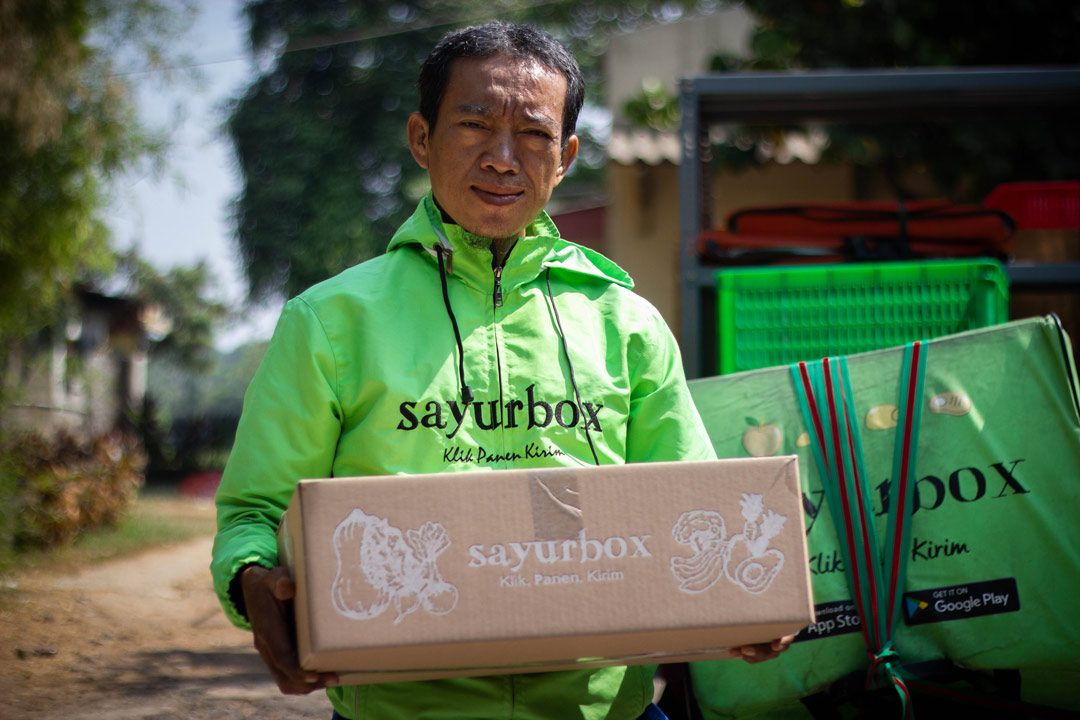Partner content in association with
How Sayurbox used a bespoke innovative approach to stand out in Indonesia’s crowded e-grocery space
Courtesy: Sayurbox
Starting with the ambition of connecting farmers to end consumers, Sayurbox has expanded its remit to offline retailers, resellers and markets, powered by an innovative approach to business
By 2022, the grocery market in Indonesia is poised to be worth $169.4 billion, according to retail industry consultancy IDG, an increase from a little over $140 billion in 2019. E-commerce accounts for a relatively minuscule sliver of grocery at present. But a recent study from LEK Consulting revealed that Indonesia’s $1-billion e-grocery market could reach $6 billion by 2025. There are several private capital backed businesses trying to make the most of this opportunity by digitalising traditional retail.
But agritech firm Sayurbox has taken on a particularly tough challenge. Since it began operations in 2017, it has created an end-to-end system that connects one of the most traditional sectors in Indonesia — agriculture — to the burgeoning world of e-commerce. Speaking about Sayurbox’s progress so far, co-founder and CEO Amanda Susanti said, “What we have built to date is Indonesia’s largest e-grocery platform.”
Creating Indonesia’s largest e-grocery platform
Sayurbox currently has a database of over 10,000 farmers and suppliers — many of whom are exclusive to the platform. It connects them with a one million plus user base of consumers. To serve this audience, it has built a bespoke delivery model which is growing exponentially: a cold chain including over 35 warehouses, sourcing hubs and micro-fulfillment centres.
It has dedicated hundreds of hectares to planting programmes. Working closely with farmers, Sayurbox predicts demand and supply, to optimise sourcing and productivity. By having control of the end-to-end supply chain, it is able to guarantee product variety, quality, and consistency — the ultimate moat in its business.
This approach has translated into customer loyalty and repeat purchases, which in turn have brought in higher volumes and greater efficiency. Sayurbox is thus able to sell its produce at a rate lower than prevailing market prices. It maintains best-in-market margins at over 35% as well as positive unit economics.
The growth in business has reflected in its bench strength. The engineering department expanded from 20 members last year to 80, including personnel committed to product and data. Realising the criticality of logistics for the road ahead, the company recently hired Jamil Khan as its COO. Jamil has more than 21 years of experience and was most recently EVP of logistics at Lazada Group at a regional level. He has previously worked for Redmart, The Dairy Farm Group, Metro Cash & Carry and Tesco.
Sayurbox raised $15 million in a Series B funding round this year from lead investors PT Astra Digital Internasional, a subsidiary of PT Astra International Tbk (Astra) and Syngenta Group Ventures, the VC arm of Syngenta Group. Its growth demonstrates how companies at the vanguard of the e-commerce revolution in Indonesia are paying close attention to the market, meeting its needs with bespoke solutions.
Fixing a broken agricultural supply chain
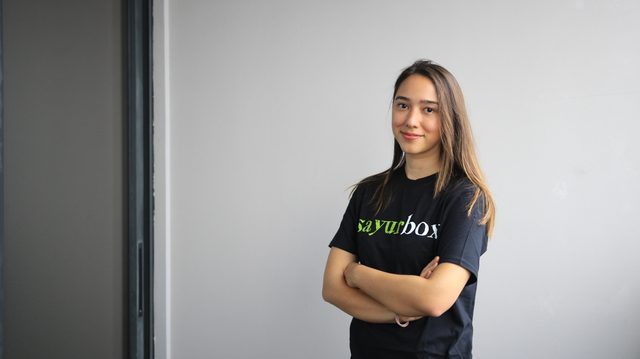
However, like many startups, the inspiration for Sayurbox came from a personal problem. Having started a farm to provide vegetables to high-end restaurants, Amanda discovered firsthand the inefficiencies of the agriculture supply chain in Indonesia. She said, “The remuneration for farmers was extremely low and the consumer prices were excessive. There were as many as six middlemen due to the fragmented nature of the agri sector.”
Indonesian agriculture was dominated by smallholder farmers. They had no access to logistics infrastructure, customer demand trends, or a data-based model for choosing crops. The low income for farmers, high prices for consumers, and a supply chain rife with middlemen were a direct result of these lacunae.
The solution lay in an end-to-end overhauling of the supply chain, leveraging technology and data. Sayurbox quickly set itself apart from companies pursuing a similar agenda by building many of the solutions to address these problems, from ground up.
Putting infrastructure in place
An in-house network of logistics and technology connects Sayurbox’s network of over 10,000 farmers to customers across three major cities. Driven by rising customer expectations, the firm is constantly at work trying to compress the time taken to supply products.
Today, Sayurbox boasts of several delivery options including next day, same day and even instant. It took an iterative process to arrive at these solutions. Co-founder and CTO Rama Notowidigdo said, “In the beginning, we didn’t have any technology backend. We would just add an order to a spreadsheet and offer two-day delivery. As we scaled, people wanted delivery within a day. Our cut-off for receiving orders moved from 6 pm to 9 pm. We began thinking of what it would take to deliver in an hour.” The current vision is to shorten that window to 30 minutes via effective use of micro-fulfillment centres while maintaining great variety.
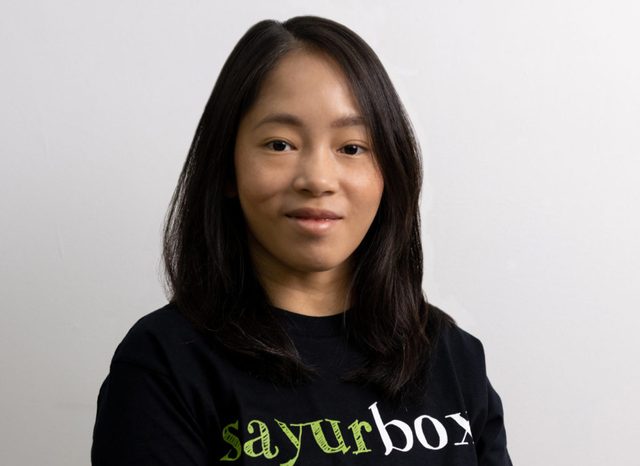
Nacitta Kanyandara, chief product officer of Sayurbox added, “We are the only player in the market today that can offer precise timeframes, whether it is instant delivery — within the next two hours — or overnight. We invested heavily in digitalising and optimising the midstream processes: warehousing, packing and logistics. The business has seen a lot of competitors lately, but so far we haven’t seen anyone offer these options.”
Building technology-driven solutions
Apart from a physical infrastructure that helps with delivery, Sayurbox has created its own technology backend. Its supply management system monitors tens of thousands of farmers and products, and helps to regulate pricing. In-house warehouse management systems and auto routing logistics systems allow for greater efficiency in delivery. On the customer side, it has built demand planning technology and an app that connects to multiple channels.
Sayurbox spends a good amount of funding on R&D — above the industry benchmark. As with many startups, there is a struggle between time and budget required to build, versus the convenience but lack of customisability in outsourced tools. The workaround is to outsource only areas that do not impact its main differentiator. While loyalty programmes were initially outsourced, they were taken in-house once Sayurbox realised the key role they played in consumer retention.
Building a trusted brand
Customer satisfaction has been one of the engines of growth and is a key driver of marketing. Amanda said, “We started off quite organically, with referrals. The operation speaks for itself. We really focus on our customers, creating a trusted brand and building on a strong network of community and influencers. On the demand side, we’ve really just scratched the surface. There is a lot of homework for us and great things to come.”
Besides being responsive to feedback, Sayurbox has on occasion taken proactive steps to woo its customer base. It introduced cash on delivery (COD) to reduce hesitancy among consumers about online grocery shopping. It has a liberal exchange policy, allowing its patrons the opportunity to return items that they are dissatisfied with, and only paying for what they want.
Firing on both B2C and B2B engines
Conventional wisdom would have startups pick a lane between B2B and B2C. But Sayurbox has opted for a hybrid model. Explaining the reasons for this, Amanda said, “While B2C is the main focus, B2B has grown organically and profitably. Because of our upstream, more efficient supply chain, and strong brand, we’ve been able to organically enter the space.” Its customers include supermarkets, online partners, and resellers. In the past six months, Sayurbox has seen this segment grow 30% month on month with positive EBITDA margin.
Handling both B2B and B2C has pushed the company to have a more flexible model. Nacitta said, “If there are 10 things that we can do, with eight related to B2C, two for B2B and five impacting both, we focus on the five.”
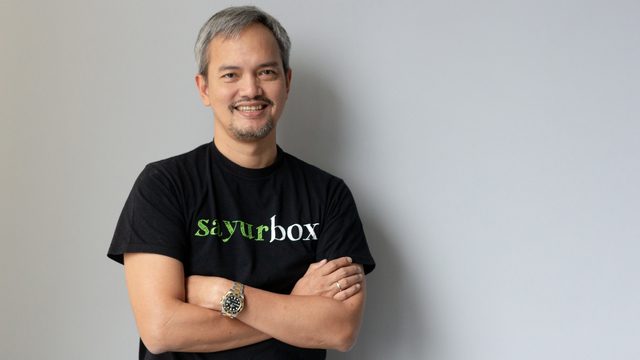
Rama added, “The dream was to digitise the supply chain and make it efficient. It feels good when supermarkets who have been in this business for a while want to work with us. It means we have done much better, especially in fresh food.”
Innovating through the pandemic
During the pandemic, Sayurbox drew in a new audience that had previously avoided ecommerce in general or online grocery retail in particular. Amanda estimated the growth at 2x to 3x pre-pandemic levels.
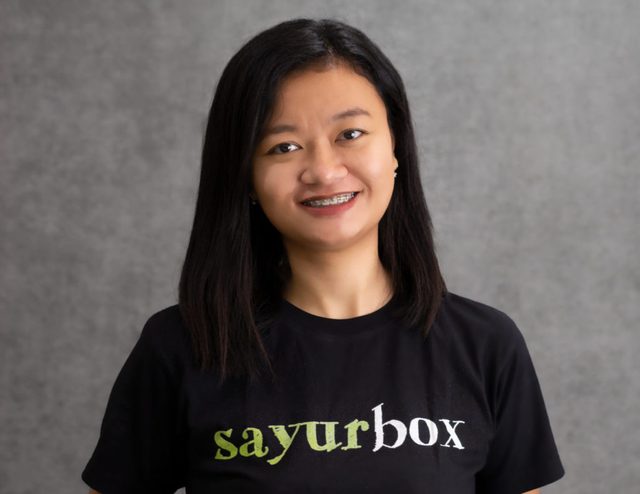
However, it came with its own set of challenges. Co-founder and COO Metha Trisnawati said, “During exponential threefold growth, this team was under a lot of pressure. On the operations side, we still needed to make deliveries. At the same time, we had to adopt a cautious approach, while prioritising safety.”
Apart from creating an internal COVID-19 support system with protocols around health and contact tracing, Sayurbox actively encouraged decentralised decision making, allowing its teams a greater degree of autonomy.
Rapid growth helped the product team identify and fix areas where the platform was vulnerable. And while Sayurbox was more prepared for the second wave – which was ongoing in Indonesia at the time of the interview – the actual impact was far worse this year. Rama said, “We needed staff to make up for the shortfall of those who cannot work. The site traffic is also greater than last year. There’s clearly more homework to be done on customer service.”
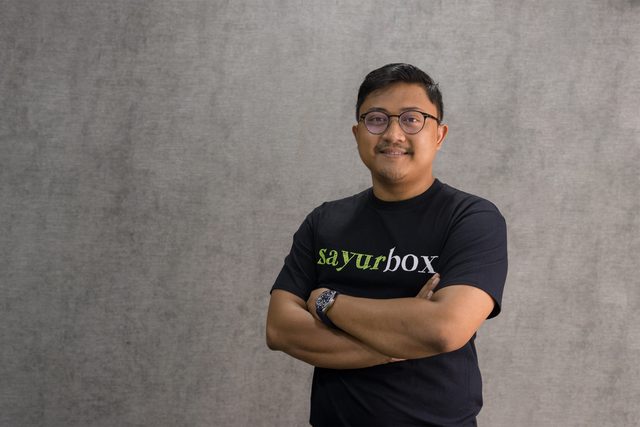
The silver lining is that the pandemic has demonstrated the scalability of the platform. CFO Arif Zamani said, “We are confident about being able to scale at a similar rate over the next four years. Since conception, we’ve consistently grown 3x-4x year-over-year, and in 2021, we are on track to grow another 4x.”
Metha added, “We now have a nationwide network of warehouses, work with thousands of farmers and can accommodate the needs of customers, not only during normal days, but also through the new normal of the pandemic. It is great being part of the solution for Indonesia. And we have been able to do this in just three or four years.”
What the future holds
After a $15 million Series B fund raise last year, Amanda counted increasing penetration, geographic expansion and continuing to build a magical customer experience as major priorities. A special focus area was growing penetration in existing regions via improved customer retention and entering four new cities, in the short run. Sayurbox is aiming for an IPO after one or two additional private equity rounds. Amanda said, “We want to serve a majority of households in all major tier one and some tier two cities.”
This article was created in collaboration with Sayurbox. To know more about Sayurbox and its approach to the agri tech business, please visit its official website
